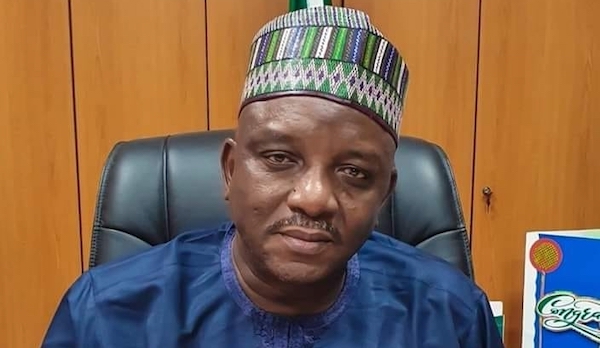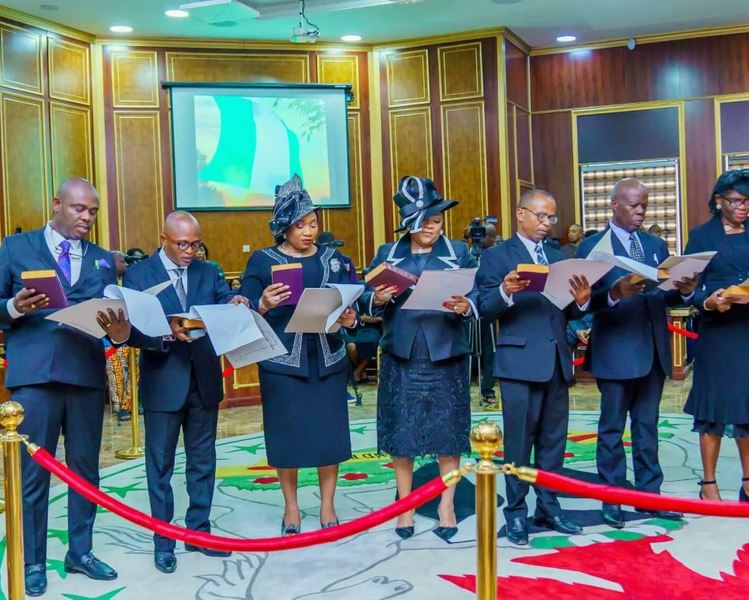President Muhammadu Buhari will commision the Second Niger Bridge on Tuesday, May 23, via zoom.
According to sources in the works ministry, who do not want to be mentioned in print, the N336 billion bridge, regarded as a legacy project, will be commissioned alongside six other road projects by the president via the online platform.
One of the sources, however, noted that the Lagos-Ibadan expressway is not part of the six-road project scheduled to be commissioned.
This is despite promises by the Minister of Works and Housing, Babatunde Fashola, to ensure its completion before April 30.
The sources said the “second Niger bridge will be commissioned on May 23. The president will perform the ceremony via Zoom. Also, six other road projects will be commissioned.”
Meanwhile, staff of the ministry are already in Asaba, Delta State, as preparations are in top gear for the occasion tomorrow.
Also, the President’s Special Assistant on Digital and New Media, Tolu Ogunlesi, hinted that some projects will be formally open for public use during the transition week of the outgoing president on Sunday.
“This is going to be the most momentous Transition Week in the history of Nigeria, with the commissioning of three brand new Bridges; Second Niger Bridge, the Loko-Oweto Bridge, and the Ikom Bridge in Cross Rivers.”
The Minister of Works and Housing, Babatunde Fashola, announced the completion of the bridge at a briefing in October 2022 after almost five decades of failed promises by successive administrations.
On December 15, 2022, the Federal Government also opened the Second Niger Bridge for use to ease traffic in the South-East during the festive season.
The Second Niger Bridge was first proposed during the 1978/79 political campaign by then-candidate Shehu Shagari of the National Party of Nigeria.
Patterned after the Third Mainland Bridge in Lagos, the Second Niger Bridge, no doubt, has all the paraphernalia of a modern bridge with its smooth surface and spacious terrain to allow for a pleasurable ride.
Among the differences between the old and new bridges is that the new bridge is more extensive and can accommodate more than six vehicles on its lanes; it also has a demarcation that separates inward and outward-bound cars, which the old bridge does not have because it has become too narrow to accommodate the increasing influx of vehicles.
The 1.6 kilometres long bridge links Anambra and Delta states.
It is hoped that the project will decongest the existing Niger Bridge, boost economic activities, and connect the South-East with the rest of the country.




